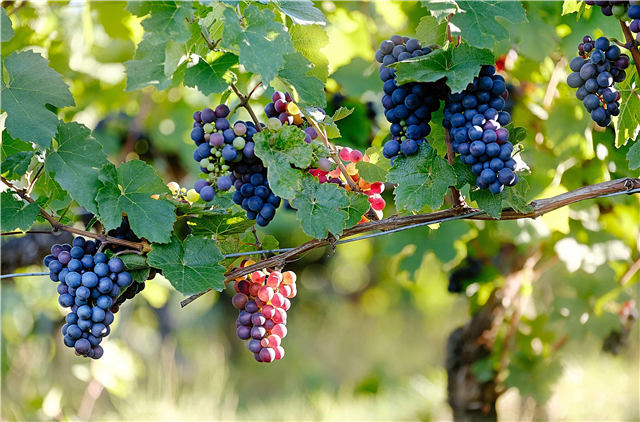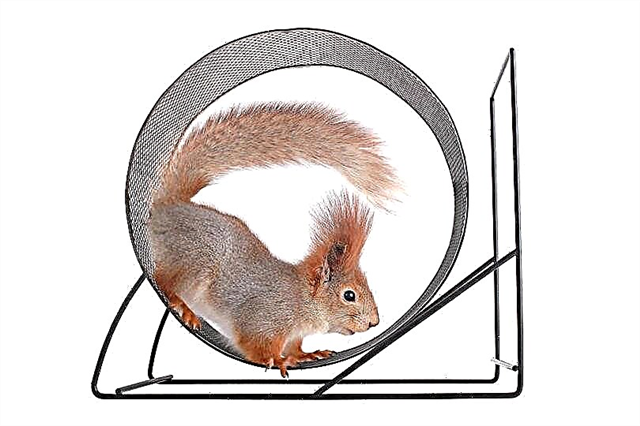
The symbiotic relationship of fungi and plants is based on economic laws under which the exchange of nutrients between them is at a floating rate.
Most land plants live in symbiosis with mushrooms, lasting more than 400 million. At the same time, mycelium of fungi and plant roots penetrate each other, supplying each other with nutrients of organic and mineral origin.
In the journal Current Biology, a scientific article was published in which the authors described in detail the process of symbiosis, drawing an analogy between the laws of economics.
For example, phosphorus transport was studied inside the arbuscular mycorrhiza of fungi of the genus Rhizophagus irregularis and carrots. Her mushrooms have the ability to penetrate the cells of a symbiotic partner.
To conduct these studies, a Petri dish was taken with soil and phosphorus, divided into 3 equal parts. Each of them was marked with markers. At the same time, the fungus mycelium was allowed to stretch, penetrating into other cups.
Scientists reserve the right to regulate the amount of phosphorus in the cups. Thanks to this, they have the opportunity to determine how this will affect the state of the mushrooms. As a result of this, it was possible to establish that, with an uneven distribution of phosphorus in different places of the Petri dish, after some time the mineral smoothly moved in the space of the cup, replenishing its amount in the missing areas. The lack of phosphorus activated the process of its return by the plant, leading to the activation of the growth process of the fungus.
These studies have proven that both partners take advantage of the deficit, with the ability to control and regulate it. This process is mutually beneficial for both partners, which they use in the event of mineral starvation.












